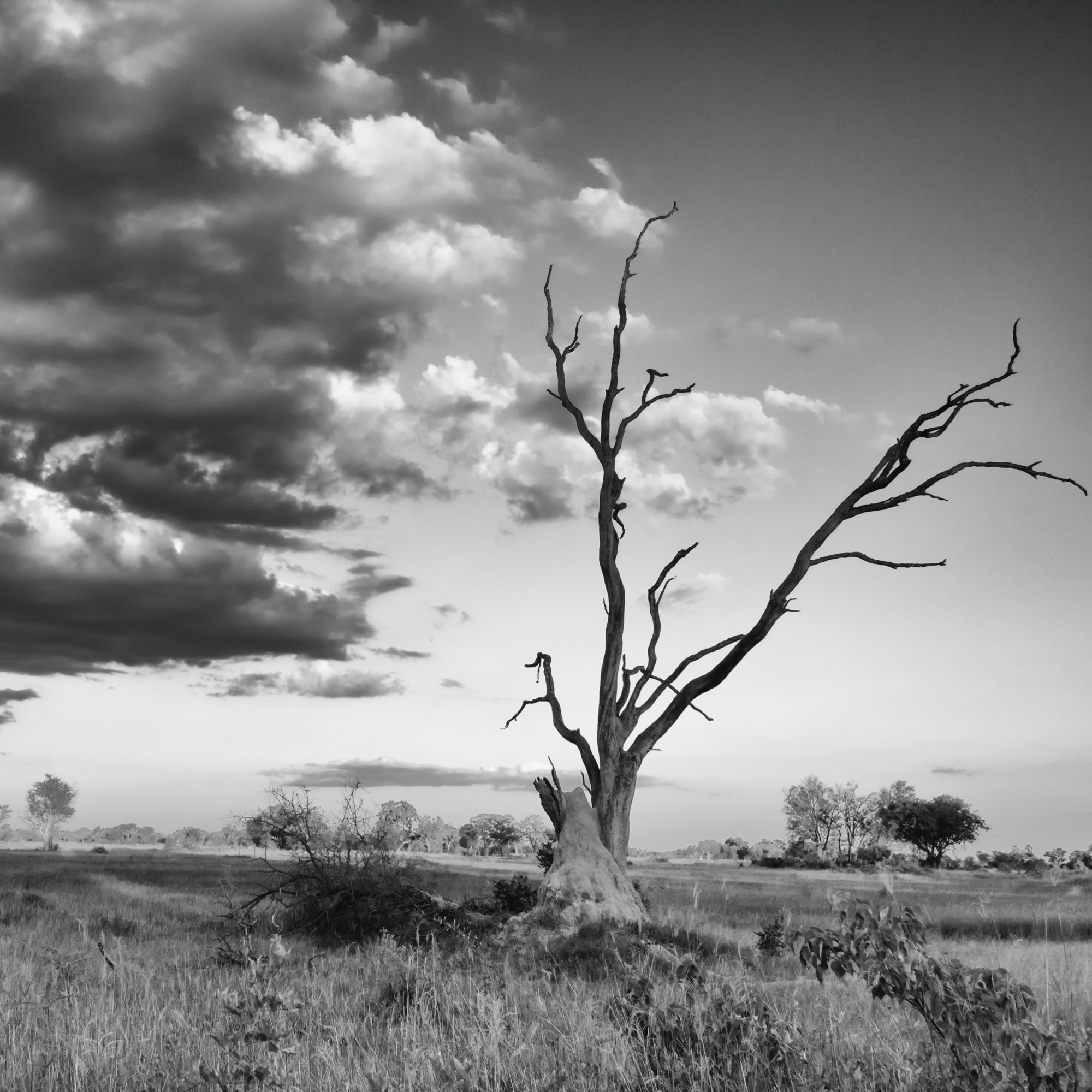
2019-01-01: Happy New Year!
One of the projects that I undertake in December, for myself and a few family and friends is creating custom calendars; formatted both for hanging on a wall (I use a clipboard) or smaller sized to fit in freestanding wood blocks.
This year I’ve decided to share them on the blog, for anyone that would like to have one.
January and February for the half fold calendar is shown below. They are sized for 11″ x 8 1/2″ paper; I use cardstock to print them.

There isn’t a particular theme to the calendars this year; just images that I enjoy looking at and that bring back memories of wonderful times traveling. I hope that these will brighten up your wall or desk a little more than a freebie calendar from the bank
Click here to download the half-fold calendar for January and February
Click here to download the full page calendar for January and February
March and April will be included in my February Month in Review post.
Wishing everyone a fantastic year ahead.
2018-12-19: Wordless Wednesday



2018-12-16: Luminar’s Sky Enhancer
Last week I decided I would play around with one of the new features in Luminar, a filter called AI Sky Enhancer. Perhaps the timing wasn’t so good though, as yesterday evening I downloaded the newly release Luminar 3, and with the added library function, I was having a bit of trouble navigating the system (since I haven’t yet looked at any resources on how to use the new software). Despite a bit of floundering within the libraries function, the actual photo editing and filters layout remains the same, and I was able to complete my self-appointed task.
This first image wasn’t solely about the sky; it’s kind of hard to ignore the leopard in the tree! I wanted to enhance the natural colours of the sky and bring up some of the shadow areas. I started with the AI Sky Enhancer and added other filters as needed (which was how I approached all the images). I’ve included a split screen showing before and after and the edited image for each one I worked on.


Next up is a photo shot while on a boat on the Boteti River in Botswana. Shooting into the sun left the sky quite washed out; I am impressed how well I could enhance the sky colour and the clouds with Luminar without it becoming to HDR-like.


The Okavango Delta is an amazing place for sunsets; the colours in the sky are incredibly dramatic from my experience. With that much colour already, it is easy to take the image a step too far and have it look radioactive. The AI sky enhancer did a great job accentuating the detail in the clouds, without pumping the colour up to 11.


Finally I have included a sunset from the Hoanib desert in Namibia. There was a lot of airborne dust and sand that evening, so while I did do some noise reduction in the sky to reduce the visible grain, there is definitely still a lot of texture. This was also shot with my Panasonic camera, which is much noisier than the Nikon I was also shooting with. Regardless, I am please with the realistic tones, the detail in the clouds and the textures in the desert and the hills.


I’m going to ow have to spend some time familiarizing myself with the layout of the new Luminar software, so I can work using their library function in an efficient manner.
2018-12-05: Wordless Wednesday



2018-11-26: Monochrome Monday
Wishing everyone a wonderful week ahead!



2018-11-21: Wordless Wednesday



2018-11-18: The Night Sky
Mother Nature has certainly not been cooperating with my plans to get out and shoot at night. While I still have images from Joshua Tree that I would like to work through, I thought I would switch it up this week and edit some old images instead.







2018-11-14: Wordless Wednesday



2018-11-12: Monochrome Monday
Whilst in Namibia on my last visit, I travelled for a couple of days in the Etosha area. Being in the park itself is quite different to being on a private reserve, since there is no off-road driving allowed, but there was still a lot of great game viewing when driving around the park.
We were fortunate to come across a group of 3 young lion brothers, likely ejected from their pride within the past few months, as they had gotten to the age where they needed to be on their own. They still had the energy and playfulness of cubs though, chasing each other around a water hole. We were even more fortunate to be the only vehicle to being viewing these lions for the majority of the time that we spent with them, allowing us to get in a great position to watch them going about their day.












